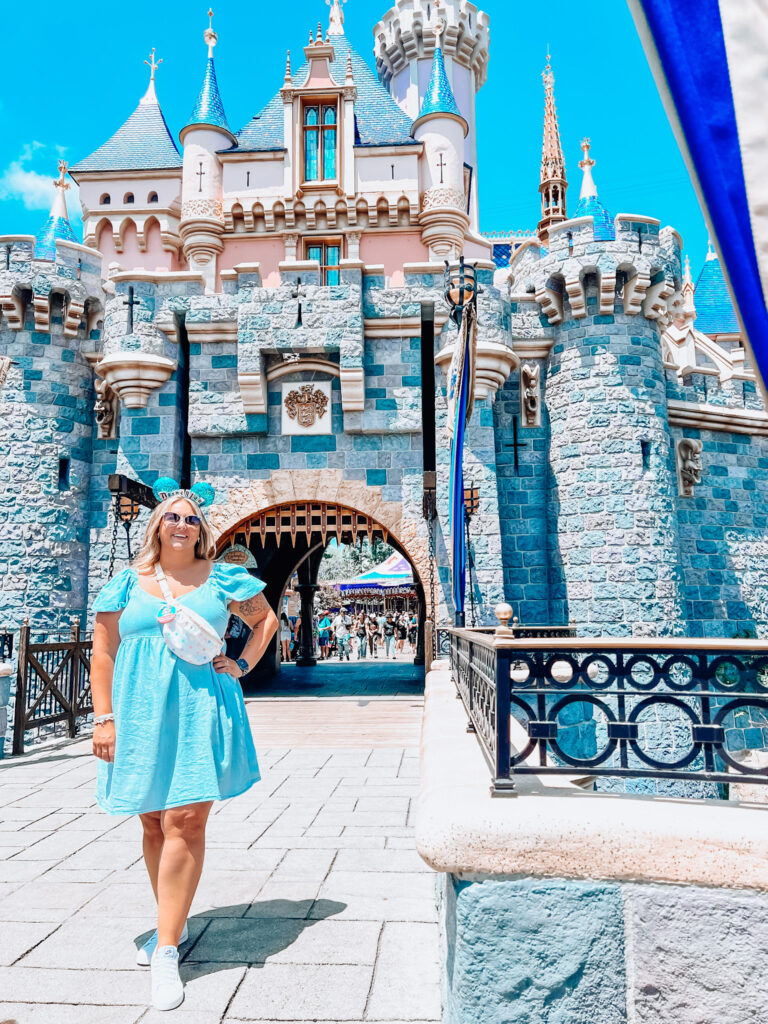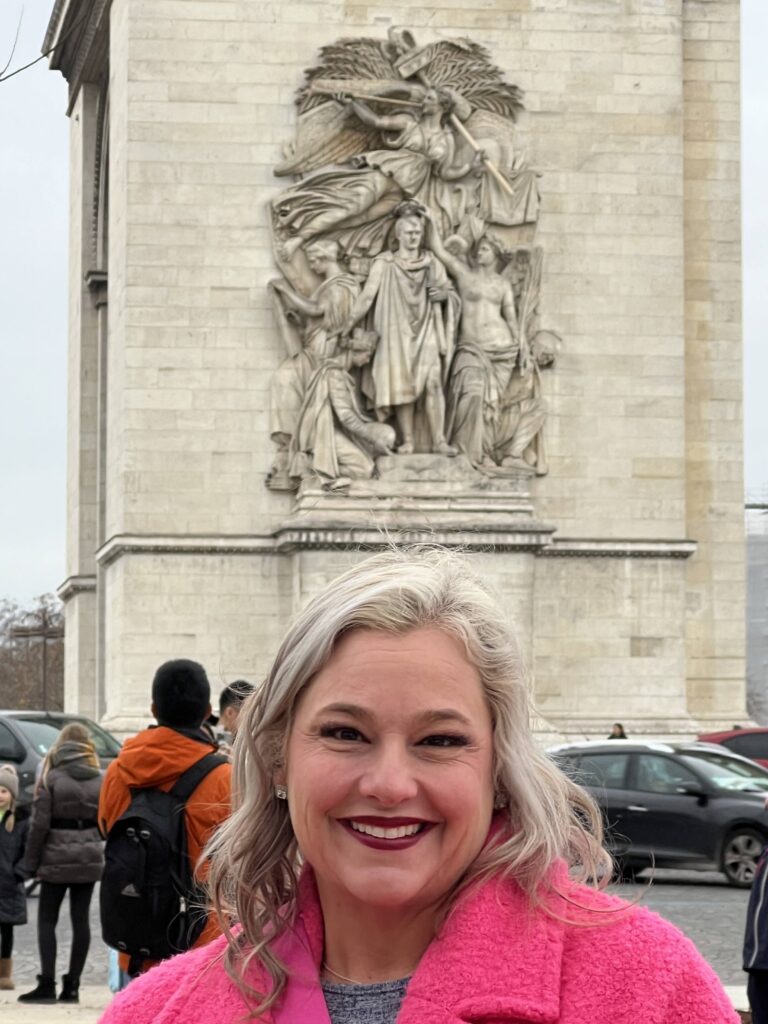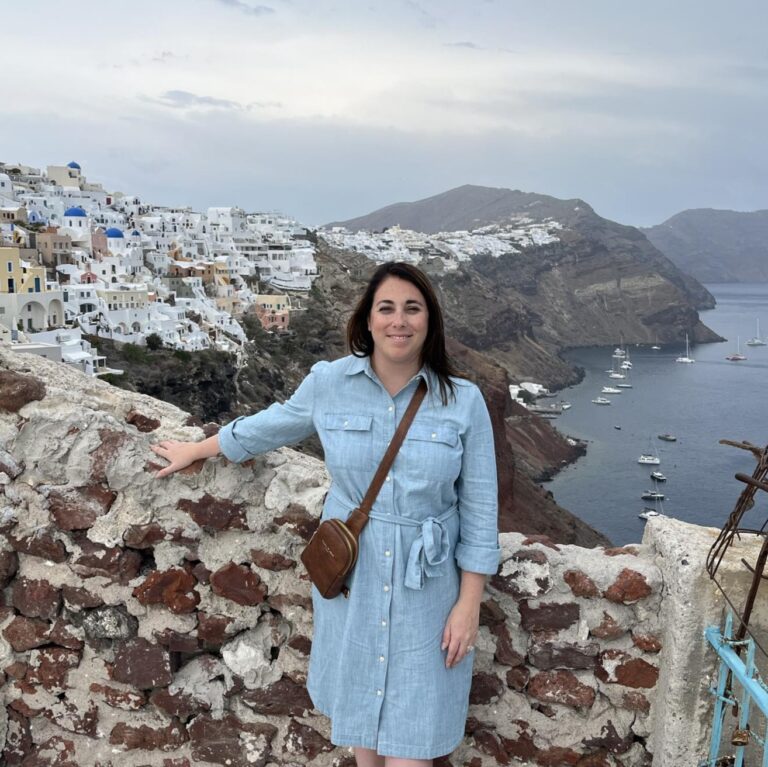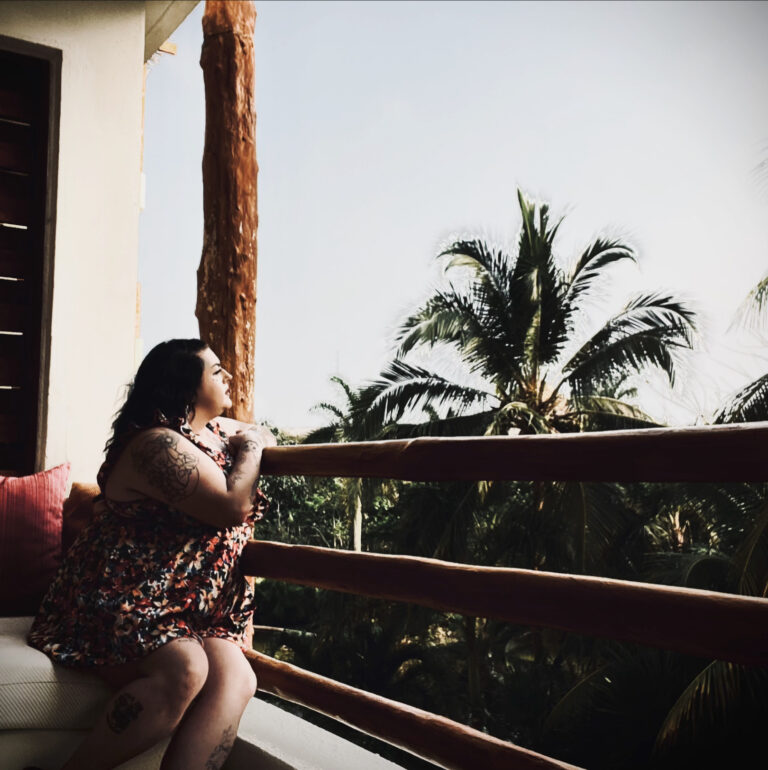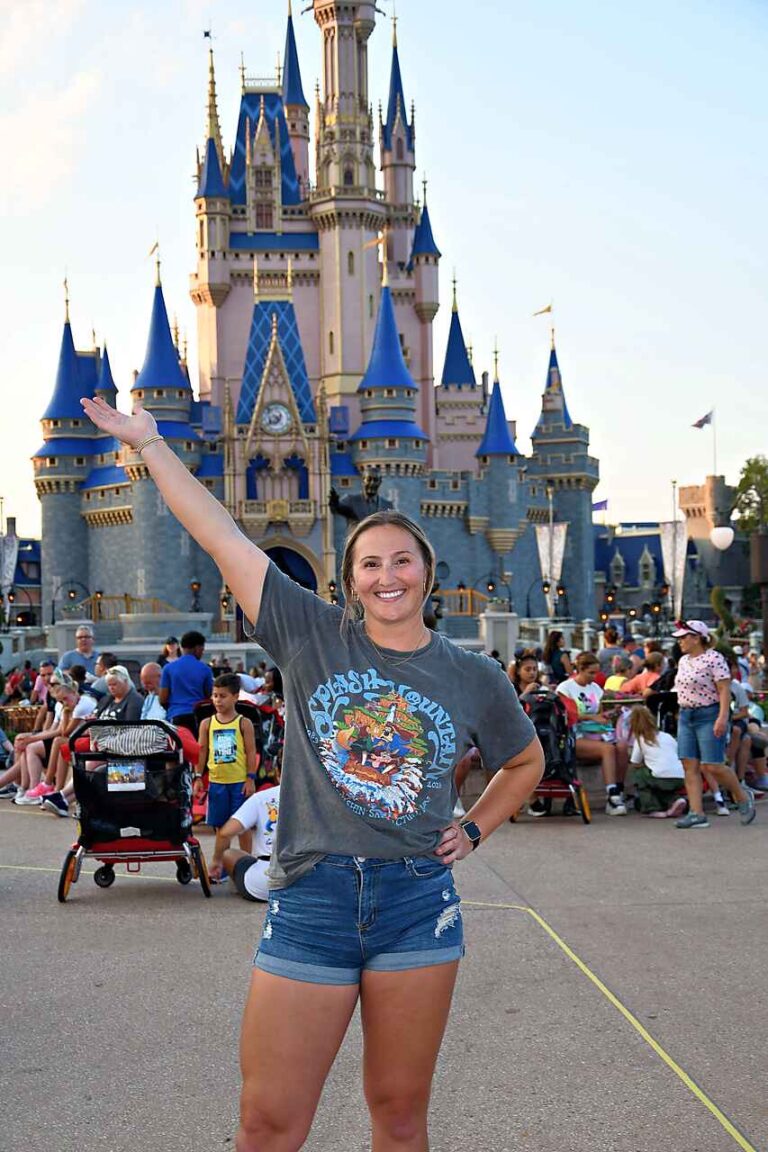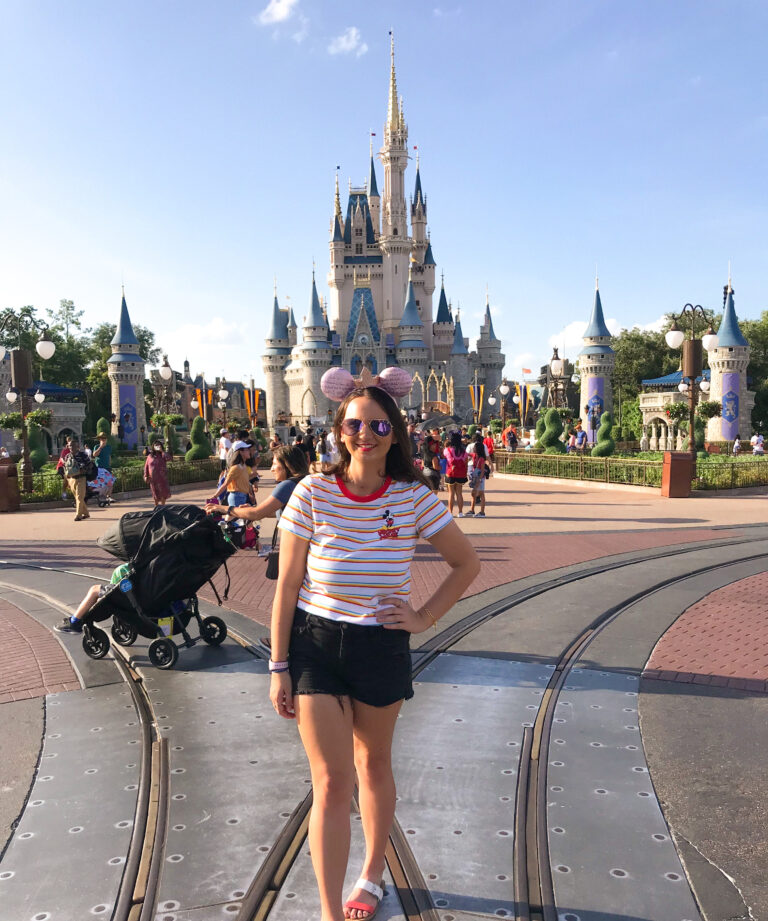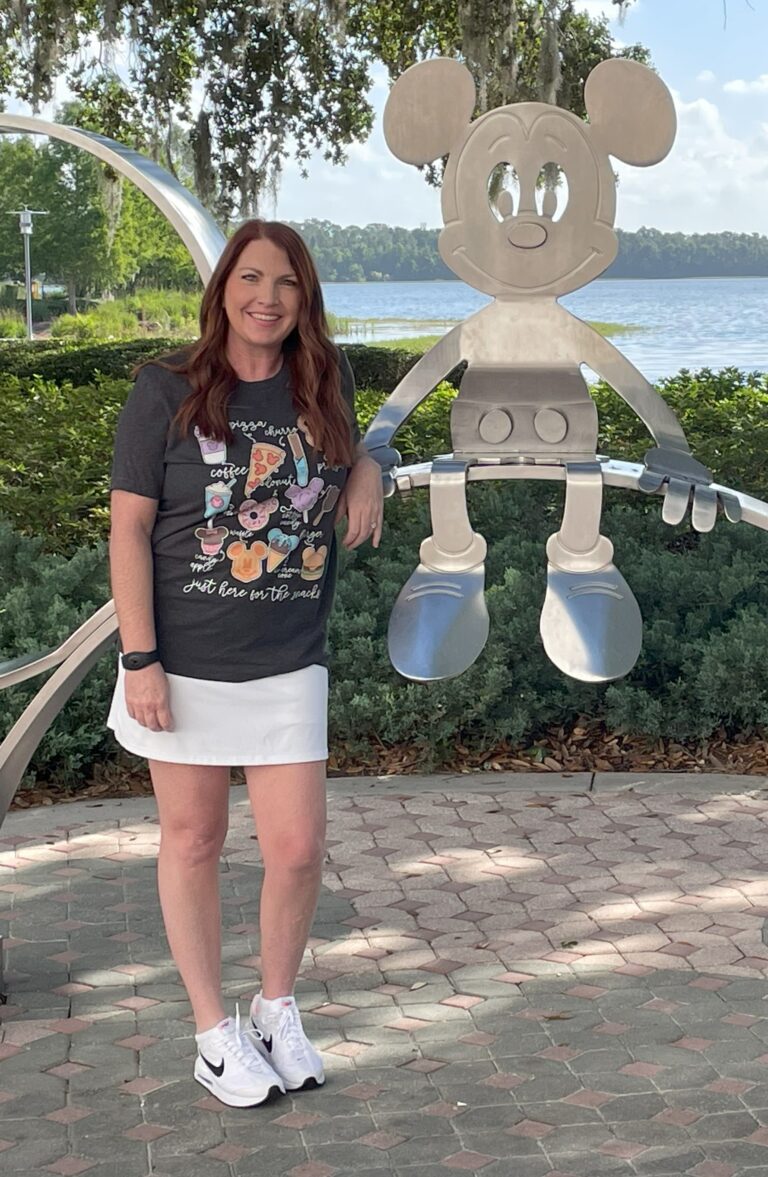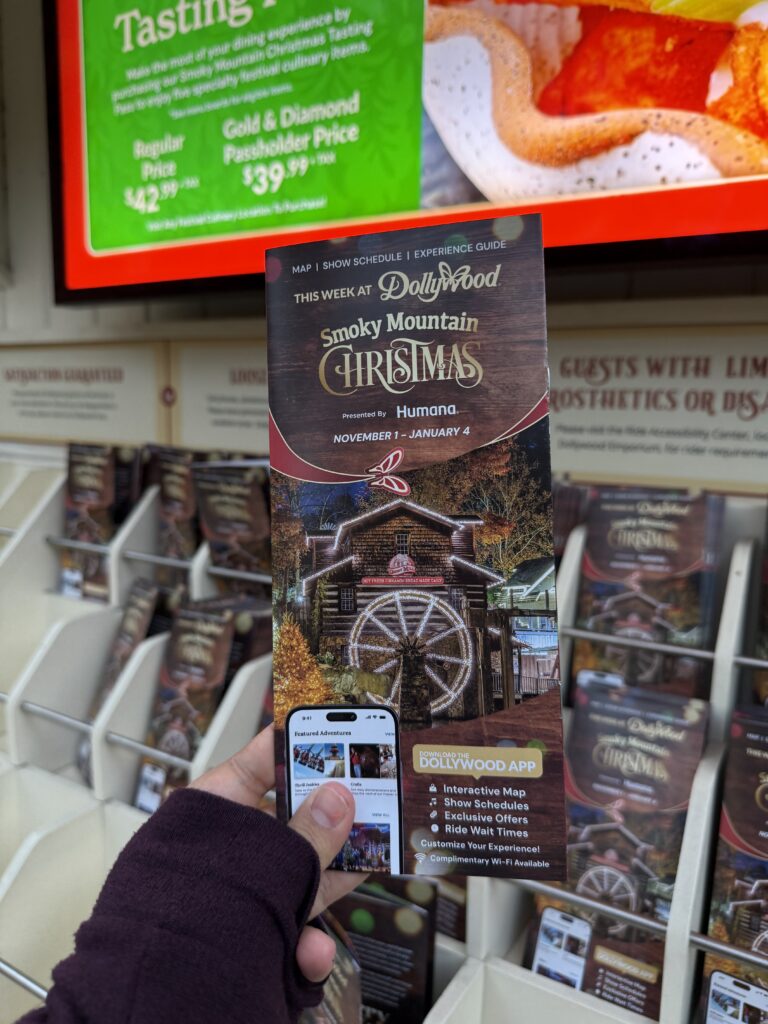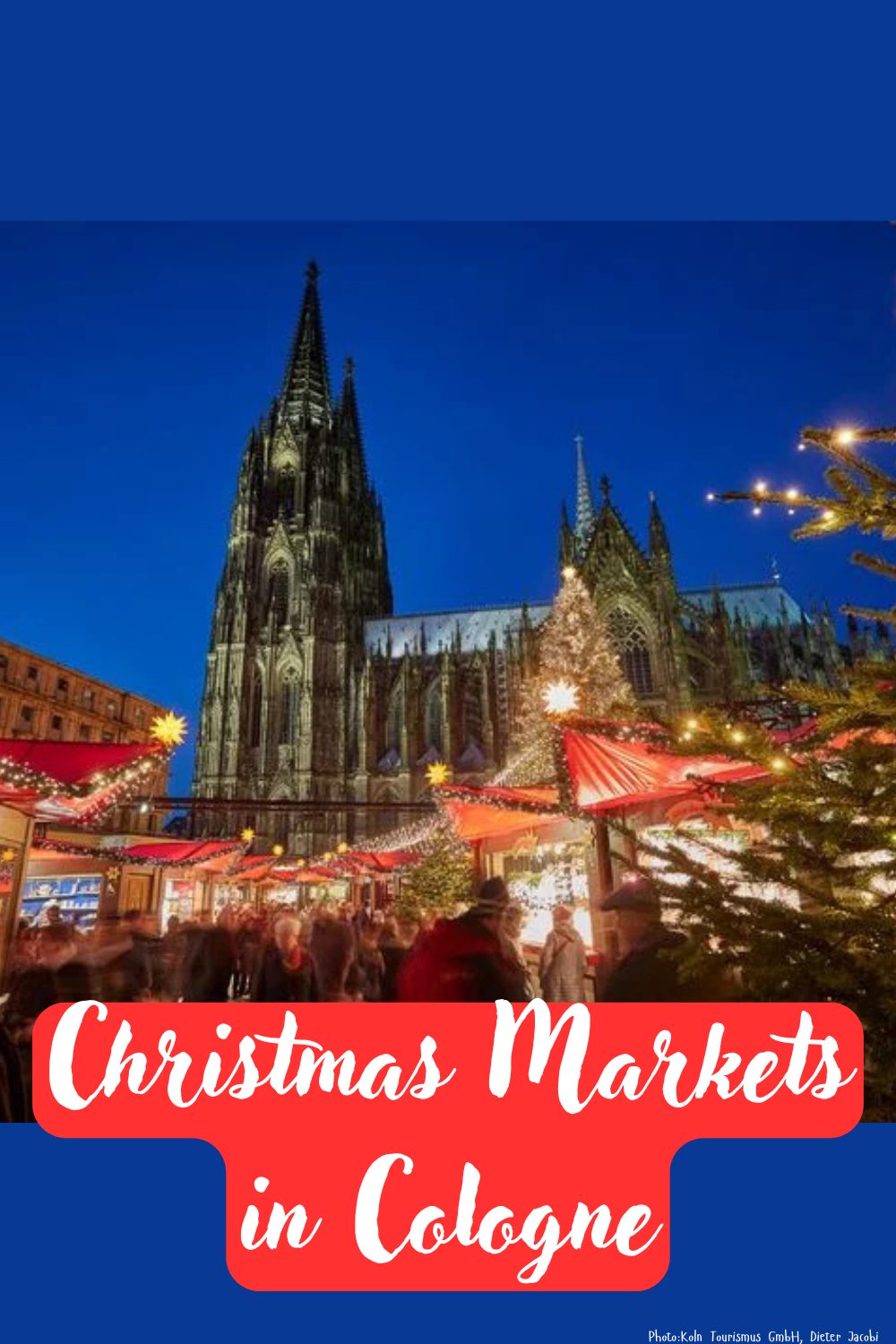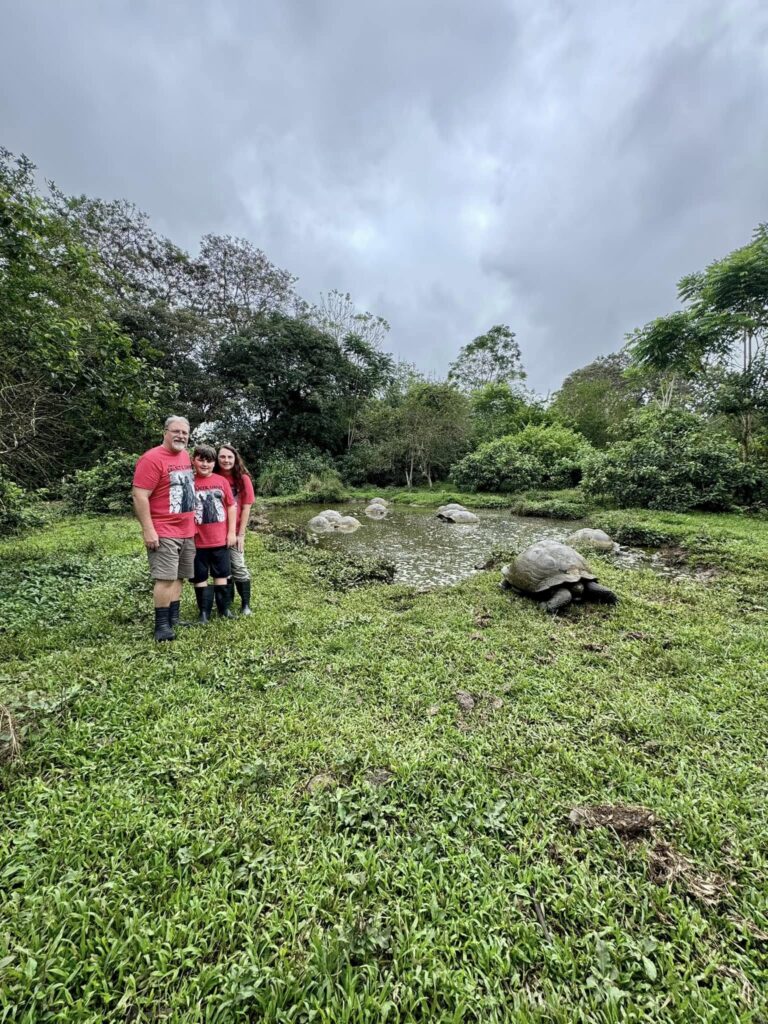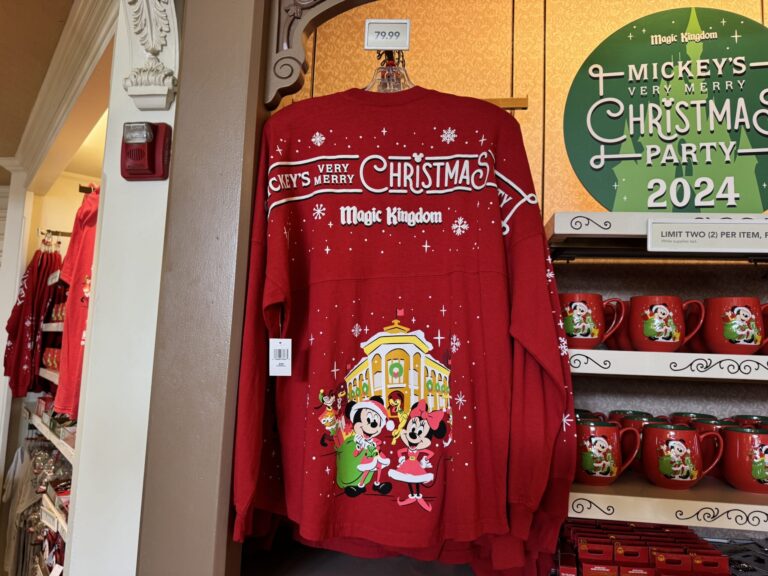Overview
Introduction
Santa Fe, also known as Barrington, has vegetation as unusual as the wildlife. Giant Opuntia cacti stud the hillsides of this small island between San Cristobal and Santa Cruz. Some of the cacti stand 32 ft/10 m tall. Although difficult to find, the Santa Fe land iguanas are endemic to the island and are large, with bigger spines than anywhere else in the world.
One trail takes hikers along the coast and then moves inland into the arid zone. Another trail with more challenging rocks takes hikers to a small plateau where they can see Scalesia plants, as well as some nesting sites for land iguanas. A pleasant cove with numerous sand dollars was once a popular spot for swimming, but this is now prohibited.
Santa Fe is often visited as a day trip from Santa Cruz Island. Visitors are likely to see Galapagos snakes, mockingbirds, Galapagos hawks and sea lions. In June 2015, 201 young Espanola tortoises were reintroduced to the island, and annual reintroductions of the animals, which are similar to the native species that once lived there, are planned.
Overview
Introduction

The rich cultural heritage of Santa Fe, New Mexico, is apparent everywhere—from the Native Americans selling goods on the Plaza to the Hispanic influence of its chili-flavored menus and the still-entrenched feel of the Wild West. The adobe buildings of Santa Fe line its twisting streets, and in the late afternoon sun they seem luminous.
The sharp colors, spectacular sunsets and distinctive feel of Santa Fe have drawn artists from all over the world, including the fabled Georgia O'Keeffe. It's a friendly city that offers the traveler great restaurants, excellent museums and lots of galleries full of fine art.
There's a vibrant outdoors community, too, making Santa Fe a popular destination year-round for mountain biking, hiking, fishing, skiing and snowboarding.
Must See or Do
Sights—Palace of the Governors; San Miguel Mission; the Cathedral Basilica of St. Francis of Assisi; Loretto Chapel; Cross of the Martyrs Walkway; The Railyard District and Park.
Museums—Thousands of toys and religious figures at the Museum of International Folk Art; the pottery gallery at the Museum of Indian Arts and Culture; traveling art and performances at SITE Santa Fe; the Georgia O'Keeffe Museum.
Memorable Meals—Offbeat Continental cuisine at Santacafe; elk tenderloin at Geronimo; Sunday brunch at The Pantry; New Mexican specialties at The Shed.
Late Night—Enjoying live flamenco music on the downtown strip; drinking and dancing at El Farol.
Walks—Gallery hopping along Canyon Road; joining a walking tour of the city; hiking in Santa Fe National Forest; walking the city's urban trails along the Arroyo Chamiso Trail; strolling along the Railyard Trail through the city's refurbished Santa Fe Railyard.
Especially for Kids—Living history at El Rancho de las Golondrinas; swimming or ice skating at the Genoveva Chavez Community Center.
Geography
Santa Fe is a modest-sized city, and most of its attractions are quite close together. Many of the city's better restaurants, shops and sights are located downtown, within a few blocks of the historic Plaza—the heart of Santa Fe.
Another prime district for visitors is Canyon Road, just southeast of downtown (within walking distance), where many of the art galleries are located. Several of the city's best museums are on Museum Hill, which is south of Canyon Road (bus service is available).
Many hotels and other businesses are located along Cerrillos Road, which runs southwest out of downtown and has been a focal point of the city's growth in recent decades.
History
Santa Fe is the oldest capital city in the U.S. Founded by the Spanish in 1610, the original name of Santa Fe was La Villa Real de la Santa Fe de San Francisco de Asis (the Royal City of the Holy Faith of Saint Francis of Assisi). This explains why St. Francis appears in place names all over town.
The Spanish came to Santa Fe in search of gold, bringing with them missionaries in search of converts to Christianity. They found no gold, and although thousands of Native Americans were converted to Christianity, the majority resisted. Forced to build churches for the Spanish, they resented the desecration of their own sacred places and the killing of their religious leaders. In August 1680, the Pueblo people revolted, killing missionaries and settlers before driving the Spanish from their land.
In 1692, Captain Don Diego de Vargas again laid claim to the area that became New Mexico for Spain. It remained under Spanish rule until 1821, when Mexico won its independence and Santa Fe became the capital of a Mexican territory. In 1846, the area changed hands again, becoming a U.S. territory, and then in 1912, the 47th state.
Santa Fe's development was aided by the Santa Fe Trail, which brought goods and thousands of settlers from the east. That route lost its importance with the arrival of the railroad in 1879. Since 1957, stringent building codes have enabled the city to maintain much of its original architectural charm.
Potpourri
Celebrities are part of the scenery in Santa Fe, with Oscar winners Gene Hackman, Alan Arkin and Shirley MacLaine often spotted. Movies are a big industry, so don't be surprised to spot Reese Witherspoon shopping downtown or Adam Sandler shooting hoops at a local gym.
At 7,000 ft/2,170 m above sea level, Santa Fe is the highest capital city in the U.S.
The statue of a young Native American woman at the Cathedral Basilica of St. Francis of Assisi is dedicated to St. Kateri Tekakithwa, a Mohawk who embraced Christianity in the 18th century and who is beloved by New Mexico's Pueblo Indians, most of whom are Catholic.
The Palace of the Governors is the oldest public building in the U.S.
The 800-mi/1,300-km Santa Fe Trail ended at the Santa Fe Plaza.
The mountains around Santa Fe are named "Sangre de Cristo," which translates into "Blood of Christ."
More than 75% of the roads around Santa Fe are unpaved—who needs concrete when the climate is so dry?
Santa Fe's annual Fiesta (usually the first weekend after Labor Day) bills itself as the oldest community celebration in the U.S.
Santa Fe's nickname is "The City Different."
The biggest question is "red or green?" It refers to whether you are ordering red or green chili with your New Mexican food. Often, the answer is "Christmas," meaning both.
Overview
Introduction
Santa Fe de Antioquia, Colombia, is an appealing and well-preserved colonial town in the Cauca River valley, about 37 mi/60 km north of Medellin. It was the colonial capital of the province of Antioquia and retains the flavor of the period with well-preserved architecture and a beautiful cobbled plaza. To bring some early Antioquian and Colombian history to life, spend time simply strolling the streets, by both day and night. Santa Fe is graced by several lovely churches, including the Catedral de la Inmaculada Concepcion, on the main square.
A unique treat is to ride in a moto-loco (a three-wheel open-air taxi) to the Puente de Occidente. Crossing the Cauca River, this is one of the oldest suspension bridges in the world. Built in 1887, this remarkable wooden structure hangs between twin towers at each end.














